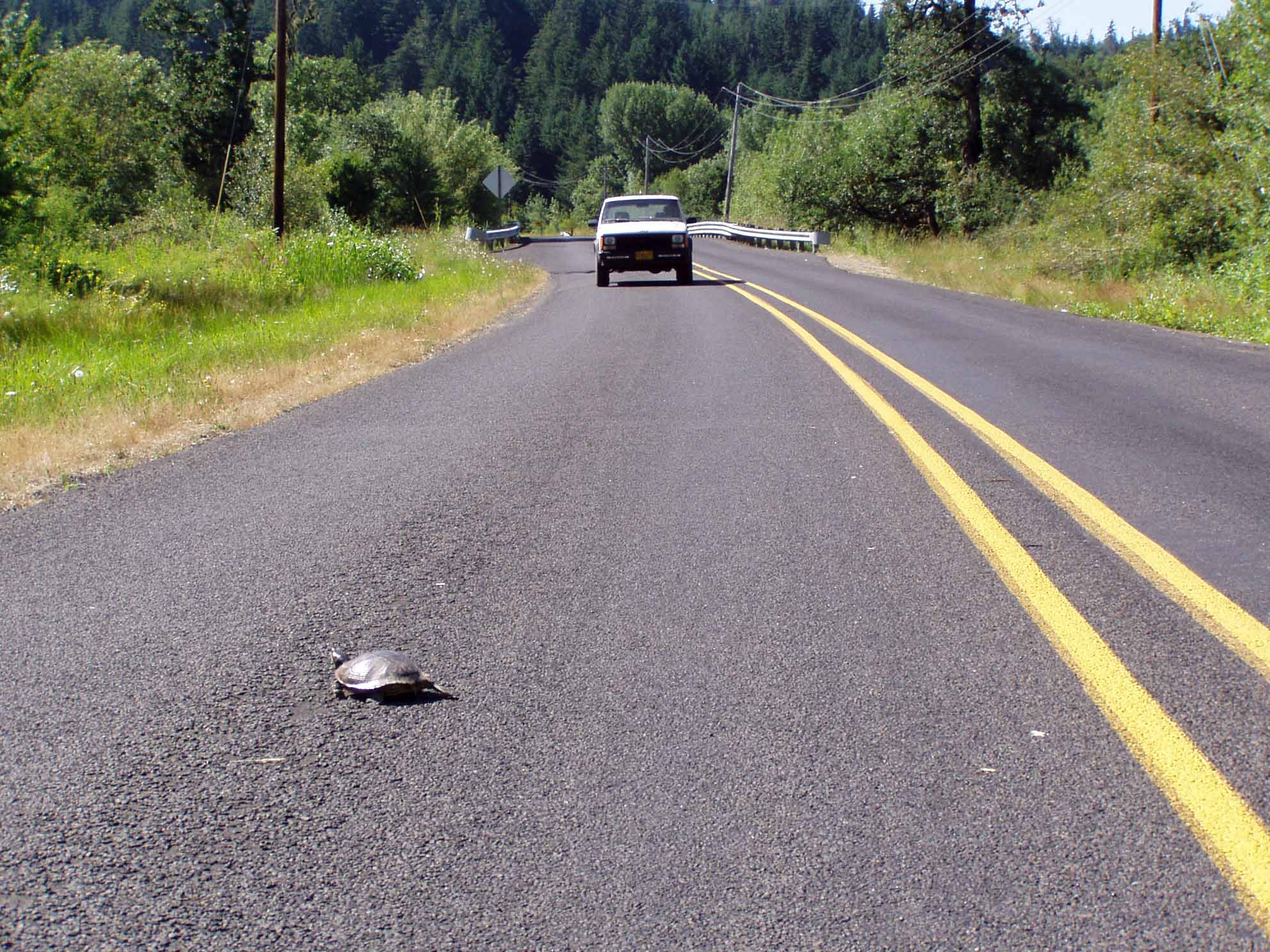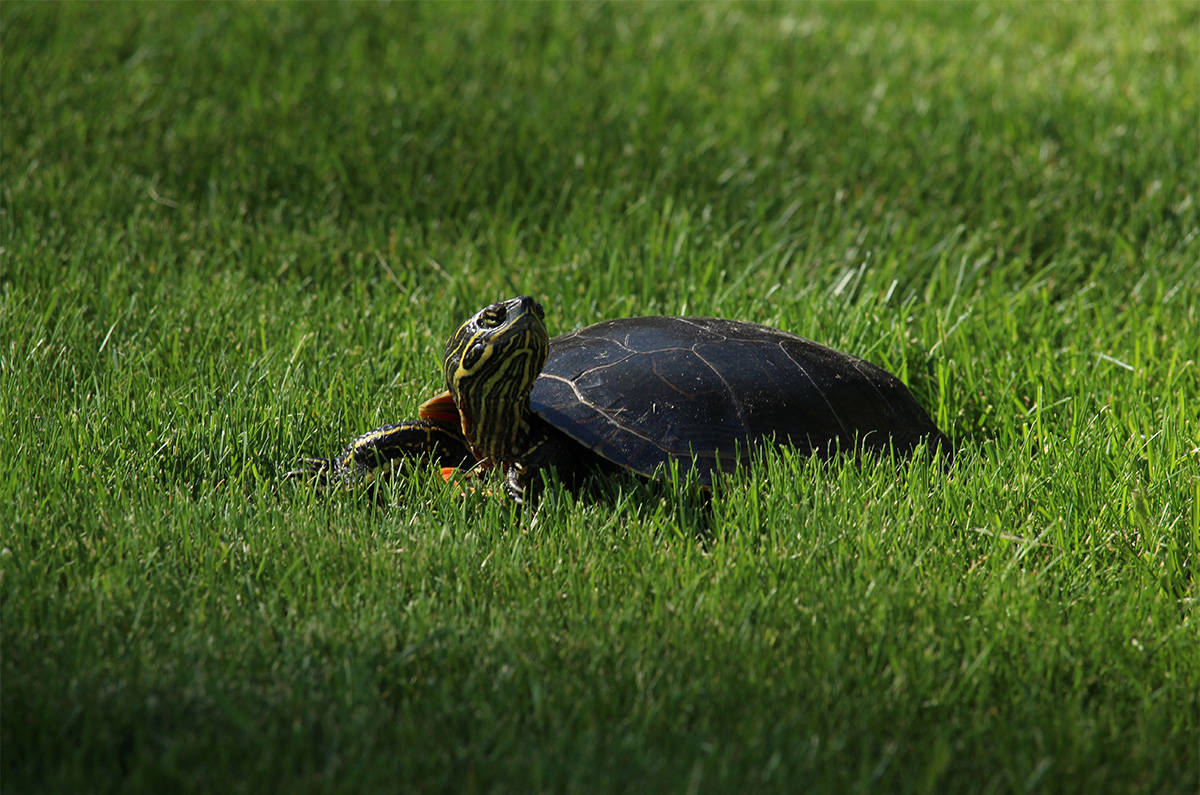
How You Can Help Turtles


Encountering a Turtle
Learn more
On Your Land
Learn more
On Your Worksite
Learn moreWhen you encounter a turtle...
Help it across the road...
If it is on a road where it may get run over, it’s OK to move it to the other side of the road IN THE DIRECTION IT WAS GOING, but DO NOT TAKE it away to a river, pond or wetland. It is probably looking for a place to nest, and knows where it wants to go. Wash your hands after you handle it.
Otherwise, leave it alone.
Don’t take it somewhere else. It isn’t lost. It knows where it is going. It is illegal for you to take it home or to another site.
On your land...
Want turtles for your pond?
It’s illegal to purchase them or move them from another site. It’s a “build it and they will come” situation. Make your site worthy and maybe, just maybe, turtles will find it.
Got turtles in your rural pond? Here are some tips for making sure they stay and thrive.
- Create sunny places - A pond that’s too shady is unlikely to attract and keep turtles around.
- Create basking habitat - A large tree branch or root wad can provide a place where turtles can sun themselves or you can create basking rafts from used wood palettes.
- Create nesting habitat - Turtles can’t nest in patches of thick reed canarygrass that often surround ponds. They like sparsely-vegetated places that get lots of sun.
- Improve vegetation around and near your pond. Remove invasive plants and replace with natives.
- Conduct land management practices such a mowing with turtles in mind.
- More information - Much more detailed information on enhancing habitat for turtles is available on pages 20-37 of our Guidance For Conserving Oregon’s Native Turtles.
Help is available!
Technical and even financial assistance may be available for you to enhance wildlife habitat around your rural pond. Contact your local Soil and Water Conservation District and Watershed Council for details.
On your worksite...
A variety of construction and maintenance activities, even habitat restoration projects, can inadvertently cause harm to populations of rare native turtles.
If you see a turtle in or near your project work area, or have reason to believe they may be present, contact your local ODFW office before proceeding. Technical assistance is available to figure out how to plan and implement your project with turtles in mind. There may even be ways your project can improve habitat for turtles.
For more information, refer to sections 9-12 of our Guidance For Conserving Oregon’s Native Turtles.
Covered in the book are specific guidelines for:
- Road construction and maintenance
- Culvert cleaning, repair and replacement
- Dredging, filling and pond management
- Trail construction and maintenance
- Vegetation management, agriculture and forestry operations
